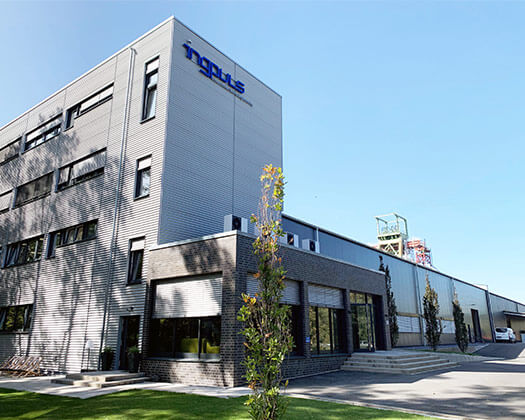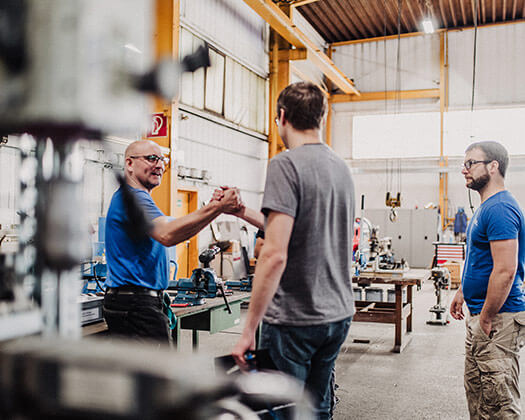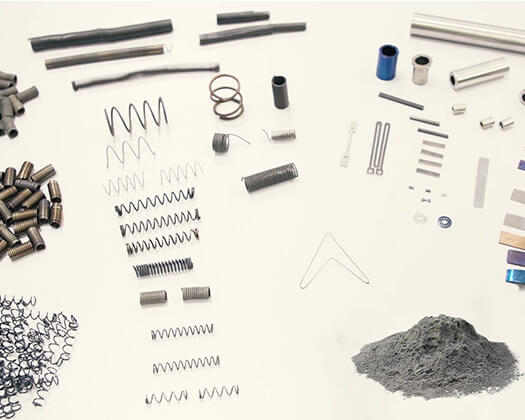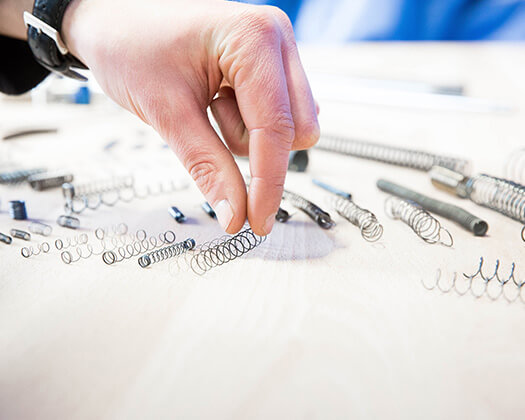What are shape memory effects?
Shape memory alloys are intelligent materials which, thanks to their special effects, can assume key functions in modern technological applications. For example, they can advantageously substitute existing technologies or enable functions that cannot be implemented with conventional solutions under given boundary conditions. They are characterized by their ability to return to a defined shape after an apparently plastic deformation. A distinction is made on the basis of the physical quantities that cause a shape memory effect:
– Mechanical: superelasticity/pseudoelasticity
– Thermal: two-way effect
– Thermomechanical: one-way effect
How do shape memory effects work?
All shape memory effects are based on a solid state phase transformation; to be precise, the martensitic phase transformation. A martensitic phase transformation proceeds diffusionless in a shear of the crystal lattice. Based on the type of phase transformation, the low-temperature phase in shape memory alloys, just as it`s known when talking about steel, is called martensite. The high-temperature phase is called austenite. The different effects that result from solid-state phase transformation enable it to be used for technical systems in an intelligent way that is adapted to the respective need. At Ingpuls we mainly produce and apply nickel-titanium based shape memory alloys, also called Nitinol. NiTi SMAs are particularly characterized by their high possible effect paths/forces, corrosion resistance and biocompatibility compared to other SMAs.






